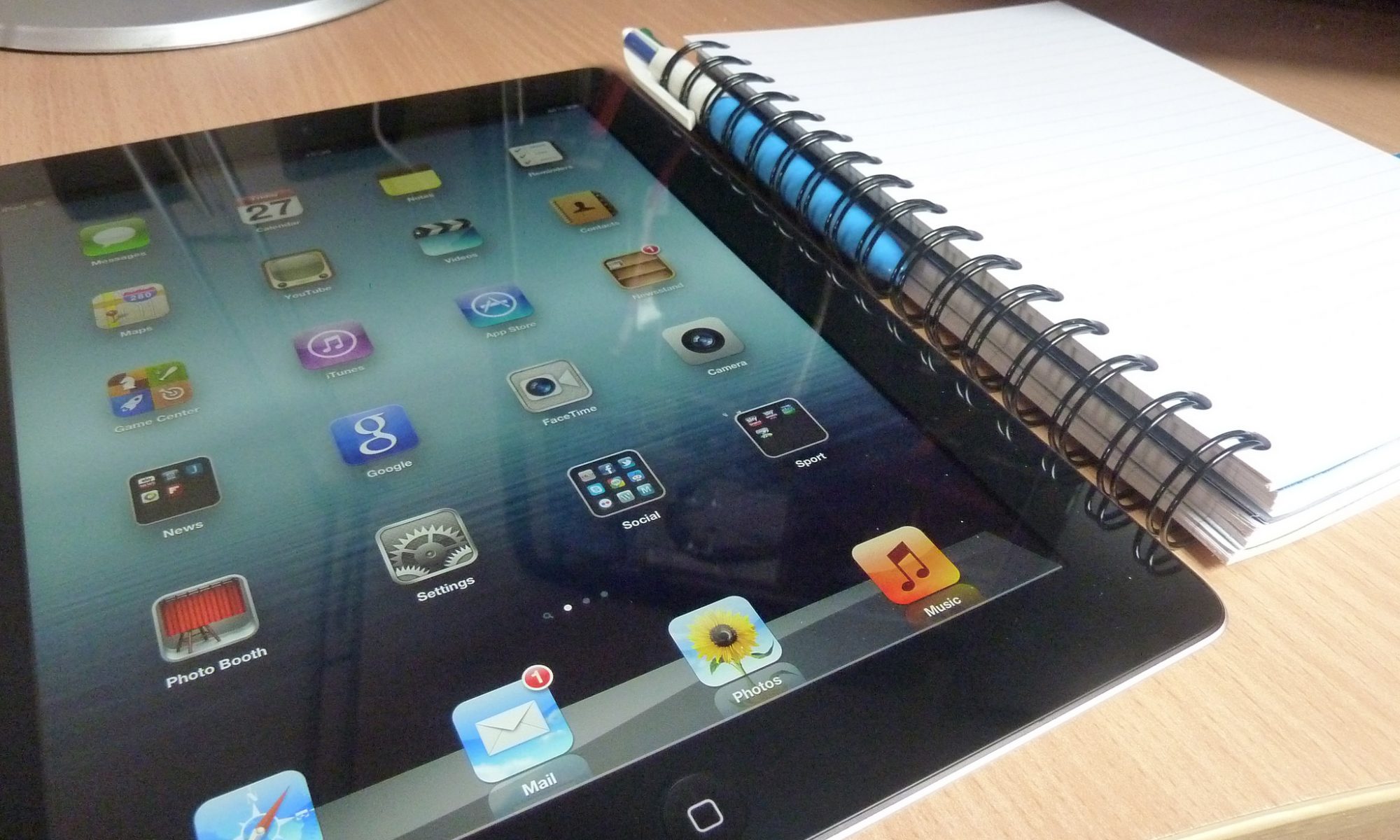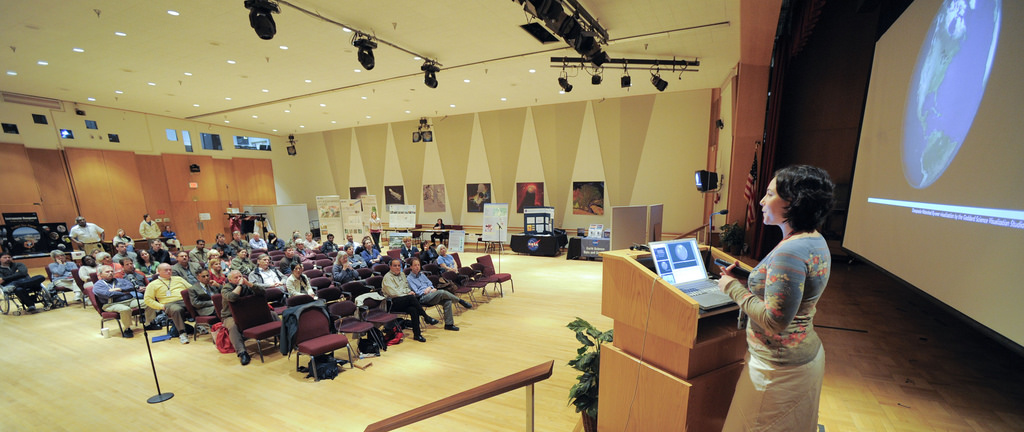Protected: Structure before function
Protected: Talking about notes
Protected: Interactive PowerPoint
Protected: Reflections on class #2
Protected: Thoughts about the first few classes
Protected: First teaching day tomorrow
iPad Use in Schools
Teachers have access to many different forms of technology at Carson Graham Secondary. Classrooms are equipped with projectors, dedicated computers, and Elmo (or similar) digital presenter devices. Teachers can also choose to reserve sets up iPads and MacBooks (which can only be used in the library). Having all of these tools at your disposal is wonderful, as many students do not have their own devices and they allow you to access a whole different world of digital, educational tools. However, the point remains to be seen if devices, such as iPads (or similar tablets) are useful educational devices in secondary schools.
Montrieux and colleagues (2015) investigated iPad use over 1 year in a Belgian School which was committed integrating digital technology into not only classrooms, but also the entire school culture. Their results showed that having access to iPads improved fact checking, enhanced collaboration between students, and greatly improved access to multimedia. However, some teachers were disappointed by the lack of sufficient educational software or resources. Furthermore, because of the gaps in software, teachers felt it was necessary for them to create resources for their classes to use, which was quite time-consuming and draining. Additionally, despite going through a crash course in iPad use, many teachers recommended that more training would have been beneficial.
This study also differentiated between two different types of teachers and how they tackled iPad use in their classrooms. “Instrumental” teachers simply used the technology as a “book beyond the glass,” namely substituting the iPads in place of books or other devices. “Innovative” instructors tended to take a much more learning centered approach, and were more willing to adapt their curriculum to better suit the technology at hand. Innovative teachers also were more likely to take full advantage of the technology at hand, and seamlessly integrate the iPads into their lessons.
It seems apparent that iPad use in classrooms can be a mixed bag. Montrieux and colleagues (2015) suggest that teachers must move past the “book behind the glass” and find new ways to integrate the technology into their classrooms. That being said, at the time of the publication, there were not many educational tools which took full advantage of the benefits of technology, especially iPads. This left some teachers adrift and frustrated, namely because of all the additional content they had to create. It seems that iPad use in schools can have many benefits, but teachers must be cautioned that they use them for new and exciting tasks which cannot be done without the technology, rather then a substitute for older methods. Furthermore, instructors must be willing to adapt in order to take advantage of the benefits of such technologies.
Reference:
Montrieux, H., Vanderlinde, R., Schellens, T., & De Marez, L. (2015). Teaching and learning with mobile technology: A qualitative explorative study about the introduction of tablet devices in secondary education. Plos One, 10(12), e0144008. doi:10.1371/journal.pone.0144008
PowerPoint as an Educational Tool
The first time I used PowerPoint was not to make a marketing pitch or assist in a business transaction. I was in grade 3 and used it as a means to convey the information I had collected for a genealogy project. When Microsoft first developed PowerPoint, mainly targeted for business use, I doubt they anticipated how widespread the software would become in a matter of decades. Presently, PowerPoint is seen in a variety of settings, but it has become quite ubiquitous in education. Lectures are given using PowerPoint (or an alternative, such as Google Slides or Prezi), and it has seemingly replaced older methods such as overhead projectors, chalkboards, and even smart-boards. The relative ease by which anyone can create PowerPoint, and the (seemingly) flexible nature of the software to adapt to many different scenarios allows it to be found anywhere from a grade 5 math class, all the way to a graduate level courses. I, for one, cannot remember the last time I was in a class where PowerPoint was not the main tool used to convey information. It’s use has become so expected and integrated into my life that I sometime struggle to find new ways and techniques to effectively convey information, especially in a presentation or lecture setting. With thoughts like these, focusing my inquiry project on technology use in scientific classroom, specifically PowerPoint use, seemed natural.
When I first entered “PowerPoint” into Google Scholar, I was surprised by the number of negative articles which were displayed. In fact, of first few results, three focused on the effectiveness of PowerPoint. One, in fact, is titled “PowerPoint is evil.” Clearly, without even opening a single article, there seems to be some strong opinions regarding the use of PowerPoint, particularly in education. In a paper titled, “The Rhetoric of PowerPoint,” Jens Kjeldsen (2006) states that PowerPoint was originally conceived as a medium for businesses to quickly convey easy to digest morsels of information, yet has morphed into the go-to tool for communication in a variety of diverse settings. While having some strengths, such as it’s ease of use and accessibility, Kjeldsen discusses many detrimental aspects of the software. Some of the examples he addresses are: unnecessary and excessive use of text and visual aids, over-reliance on bullet points, restrictive templates, and low resolution imagery. Furthermore, the presentation tool is particularly “speaker” focused, with little potential for audience participation or feedback. Additionally, PowerPoint presentations tend to cause a high amount of cognitive overload in students, namely because of the vast quantities of text and images, along with the presenters spoken words, they have to process in a limited amount of time. Although Kjeldsen opposes the use of PowerPoint, especially pertaining to technical or information dense topics, the issues that he discusses are particularly relevant in an education setting.
Over the course of my practicum I wish to investigate new techniques to enhance PowerPoint presentations in science classrooms. Some of the ways I plan to investigate this inquiry include:
1. Pronounced student participation: I am designing my presentations to encourage activity and participation by leaving areas purposefully blank and allowing students to complete the slides. This can be done by asking them to come up to the whiteboard and writing terms or definitions, or drawing systems. Furthermore, my laptop allows me to write on the screen, and these images are conveyed on the projector screen. I hope that simple additions like this will encourage students to be more active in their learning, rather then recipients of information.
2. Effective use of space: PowerPoint slides can be jumbled, confusing, or simply packed with too much information (be it text, images, animations, or a combination of the three). I hope to alleviate these concerns by keeping my slides as direct and basic as I can, allowing my students (or myself) to fill in the necessary gaps of information. This seems like a very easy step to do, but like Kjeldsen stated, the templates for PowerPoint can be very limiting.
3. Effective note pairing: I will provide my students with notes which directly relate to the presentation at hand. These skeleton-notes will encourage participation and attention, as they will require more then listening in to the topic at hand. My goal for these is to better prepare students for university lectures, which often rely on PowerPoint as a communication medium.
There are many aspects of PowerPoint which may negatively effect learning in a secondary science classroom. Slides can be packed with information, which students have to then rapidly transcribe or take notes on. Extra images, fluff, or effects can emphasize this problem. I hope to investigate different means to take advantages of the strengths of PowerPoint as a presentation tool, encourage student participation, and create a solid learning environment.
Reference:
Kjeldsen, J. E. (2006). The rhetoric of PowerPoint. Seminar.Net, 2(1), Online.
Teaching Philosophy
Attached is the most recent version of my teaching philosophy. While I adamantly believe in building strong teacher-student relationships and bringing in global perspectives and pertinent contextual examples in science, I also fully expect some of my ideologies to change over time. Please feel free to ask me any questions regarding my teaching philosophy, or any other educational queries, and I’ll respond to you as soon as possible!


